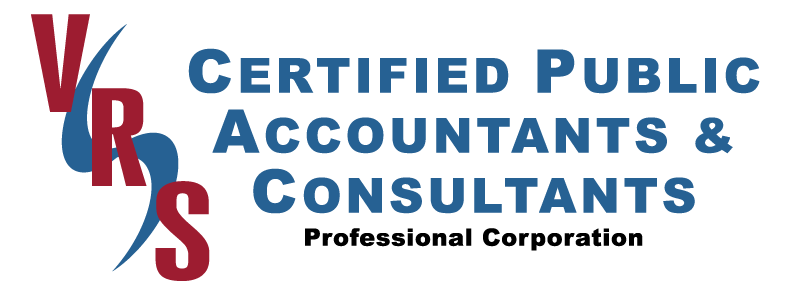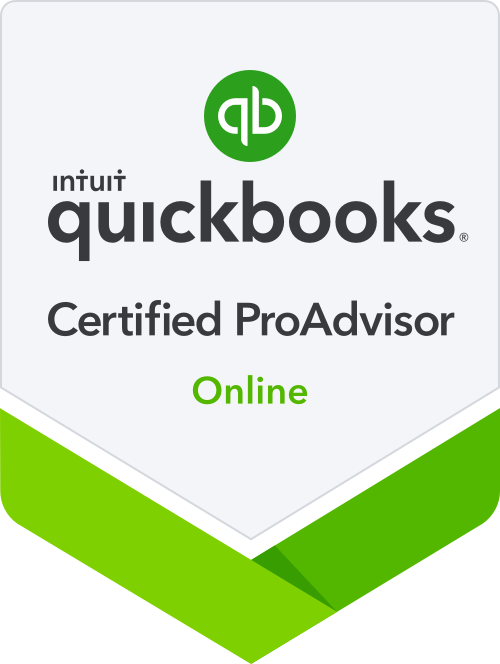VRS Clients,
We are continuing to follow the ever-changing set of rules handed down from Congress and the SBA. Please remember that what we know today could very well change tomorrow, and there is a LOT of misinformation floating around in these crazy times. Here is an update of what we know today:
Individuals
- Stimulus payments have started going out based upon your 2019 tax return if filed, and if you have not filed 2019 yet – based upon your 2018 tax return. If you want to check the status of your stimulus, OR if you usually do not need to file a tax return the IRS has created resources here: https://www.irs.gov/coronavirus/economic-impact-payments
- We are getting a lot of questions on how the stimulus payment will be treated in the future. Unfortunately, the IRS has not released any formal guidance yet, but we know from the bill itself that this is actually an advanced payment of a 2020 credit. If your marital status, number of dependents, and income amounts do not change from 2019 to 2020 – you are safe to assume that this is truly just “free” money and you have nothing to worry about. For those of you with changes – it is anticipated that when filing your 2020 return you will have a chance to claim additional credits if the advanced stimulus was less than what you are truly entitled to based upon your 2020 tax return, and it is further anticipated that those who received too much will not need to pay it back. HOWEVER, this is all speculation at this point – we need regulations from the IRS to know for certain.
- Unemployment is another hot topic with continued developments. For those on “standard” unemployment, the $600 per week boost from the CARES Act should have already kicked in automatically. For the self-employed, independent contractors, nonprofit employees, gig workers, and all others not qualifying for standard benefits – they are still working on the application process and you should continue to monitor their website: https://dlr.sd.gov/ra/cares.aspx
- Have you been filing unemployment and are now going back to work (or at least getting 100% payroll through a PPP loan)? Email CancelRA@state.sd.us (for SD claims) to let them know your claim can be closed as of whatever date you are back to work or receiving 100% payroll. You can always re-open your claim at a later date if needed.
PPP Loans
- The SBA released additional guidance late in the day April 14th for independent contractors and sole proprietors (those without any employees). We FINALLY had the guidance needed to move forward with Schedule C clients, and then before banks could even get started on those applications – it was announced that the program was out of money.
- Congress is negotiating legislation to add more money into this program, but there are no promises it will pass. If you are holding out hope that they will get the program up and running again with more funds, here is what you need to be ready for:
- Sole proprietors and independent contractors – you will need to turn in your Schedule C with your loan application, so do not delay in getting your tax return pulled together.
- Partnerships – the newest guidance finally makes clear that you can include the partners’ self-employment income in the payroll costs, which is best evidenced by the self-employment reported on your Schedule K-1.
- Forgiveness will be our next hurdle. Your 8-week spending period starts the day you receive the money. We need more detailed guidance from the SBA, but based upon the information released to date and the language of the bill itself, here’s what you need to know if you are hoping for 100% forgiveness:
- Rule 1: Spend all the money on qualified expenses within the 8-week measurement period.
- Rule 2: At a MINIMUM you need to spend 75% on “payroll costs” and the rest can be spent on “rent, mortgage interest, and utilities.”
- Payroll costs include gross payroll/compensation to employees (net earnings for self-employed and partners) PLUS employer paid retirement PLUS employer paid health insurance PLUS state taxes on compensation (e.g. unemployment taxes).
- SBA’s current guidance suggests that non-payroll items can include any business interest expense as long as the debt was in place prior to 2/15/20, and “utilities” appears to have a very broad definition (water, electric, sewer, gas, telephone, internet, etc) – the service just needs to have been in place prior to 2/15/20.
- Rule 3: You will lose SOME of the forgiveness if you decrease the number of employees or their pay. This is one of the more complex parts of the bill, and we really need more guidance. We know that you will have to compare your “full-time equivalent employees” (FTEs) during the 8-week spending period to the number of FTEs during a base period. So if you had 3 FTEs during your 8-week spending period but had 4 FTEs during the base period, you would receive a reduction in your loan forgiveness at a rate of 25%. Why is that so complicated? Here’s why:
- The bill gives you a “get out of jail free” card for a reduced workforce as long as you bring back all employees by June 30th. It is unclear how the SBA is going to apply this rule, but it will be difficult for most businesses to meet the 75% of spending on payroll rule if the employees are not brought back relatively quickly after the loan is funded.
- The SBA has not told us how to calculate an FTE. In other tax-related instances we were required to list out each employee with their actual hours (capped at 40 per week), add up all the hours, and then divide by the equivalent of a 2,080 hour year. We assume we will see something similar for this program.
- The bill gives you the ability to pick your base period: either 2/15/19 – 6/30/19 OR 1/1/20 – 2/29/20
- In order to get 100% forgiven there is also a requirement that no employees making less than $100,000 see a greater than 25% reduction in pay when compared to the most recent full quarter before loan origination. We hope the final guidance breaks that down to an hourly or daily pay rate versus needing to compare 8-weeks of pay against the total compensation received by each employee in the first quarter of 2020. This could become a cumbersome process.
- Rule 4: Turn in necessary documentation.
- We are suggesting that any business receiving a PPP loan should immediately attempt to lay out a budget covering the 8-week spending period so you can plan for how the money needs to get spent. It is unclear at this time whether the SBA is going to strictly use a cash basis (i.e. look at the check date) or if accrual concepts will come into play (i.e. you incurred retirement contributions but did not pay them until later). Until we hear more from the SBA – budget and spend assuming a cash basis to give yourself the best chance at getting 100% forgiven. If you are not sure how to get started, contact your tax preparer or payroll processor and they can send you an Excel template to help guide you through the process.
- As always – you can and should review the guidance for yourself: https://www.sba.gov/funding-programs/loans/coronavirus-relief-options/paycheck-protection-program-ppp
EIDL Advances
- The SBA has stopped taking new applications on this program as well.
- We have finally heard of clients receiving their EIDL advance that was supposed to happen within a few days of applying (took more like 2-3 weeks).
- The SBA announced that due to high volume, the advances will be limited to $1,000 per employee for each applying business – capped at $10,000.
- We are receiving a lot of questions on whether or not this really is “free” money. Well – the bill said that you can request an emergency advance of up to $10,000 on an Economic Injury Disaster Loan (EIDL) application, and if your application is denied you do not need to pay back the advance. Another part of the bill says that you can roll your EIDL into a PPP loan if you receive an EIDL prior to receiving a PPP loan. This initially had us speculating that the SBA would eventually follow up with applicants asking for follow up on how large of an EIDL loan they wanted, and if the applicant decided to not go after the EIDL then perhaps that meant it will need to get paid back. However, the SBA has said repeatedly in various spots that the EIDL advances do NOT need to be paid back. So we are cautiously optimistic that the SBA is not going to be asking for any of that money back.
Thanks,
Mike

